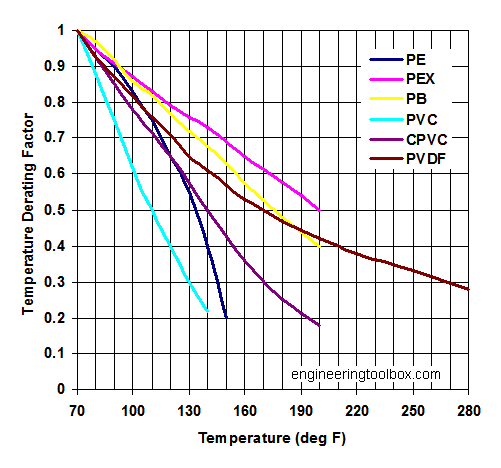CubedRoot
Well Known Member
Hello all. I am getting ready to start my tail kit, and I am setting up my air delivery system.
I have an 80 gallon compressor in my utility room, and I want to run airlines to my work room, which will be my unfinished basement, while I build the tail and wings. Then I will move the "factory" out to the garage.
So, I will be running airlines to both rooms. My compressor has a 3/4 outlet that I can take advantage of, and I want to install a good filter/dryer/regulator and I have found some in both 3/4 and 1/2 sizes.
Should I worry about the little extra costs and hassle (not as easy to run) of doing 3/4 airlines to feed a few drops in the garage and basement? Or should I just save some money and time and do it all in 1/2 in?
Is there any significant difference for riveting and primering by using the 3/4 main lines?
I have an 80 gallon compressor in my utility room, and I want to run airlines to my work room, which will be my unfinished basement, while I build the tail and wings. Then I will move the "factory" out to the garage.
So, I will be running airlines to both rooms. My compressor has a 3/4 outlet that I can take advantage of, and I want to install a good filter/dryer/regulator and I have found some in both 3/4 and 1/2 sizes.
Should I worry about the little extra costs and hassle (not as easy to run) of doing 3/4 airlines to feed a few drops in the garage and basement? Or should I just save some money and time and do it all in 1/2 in?
Is there any significant difference for riveting and primering by using the 3/4 main lines?









